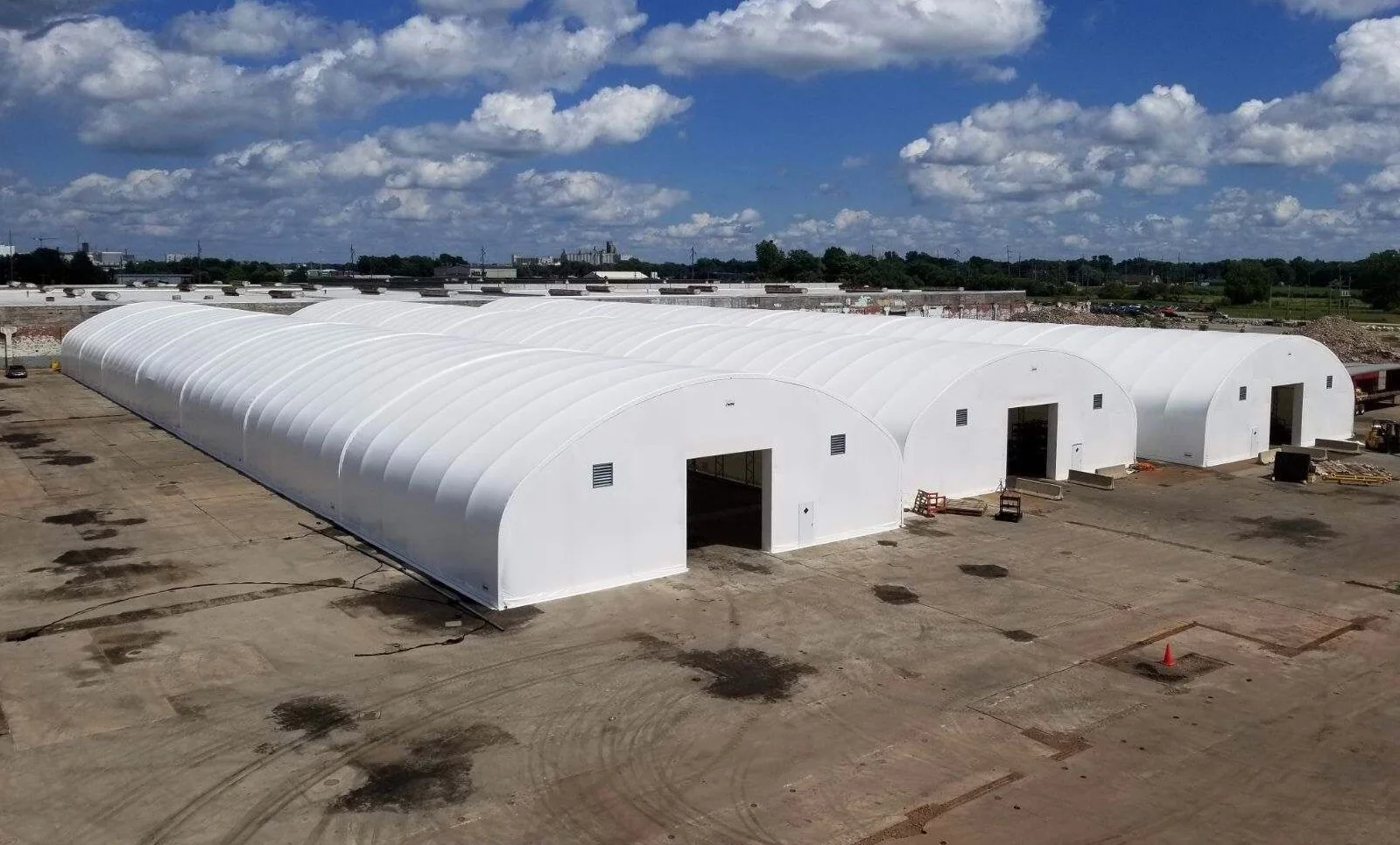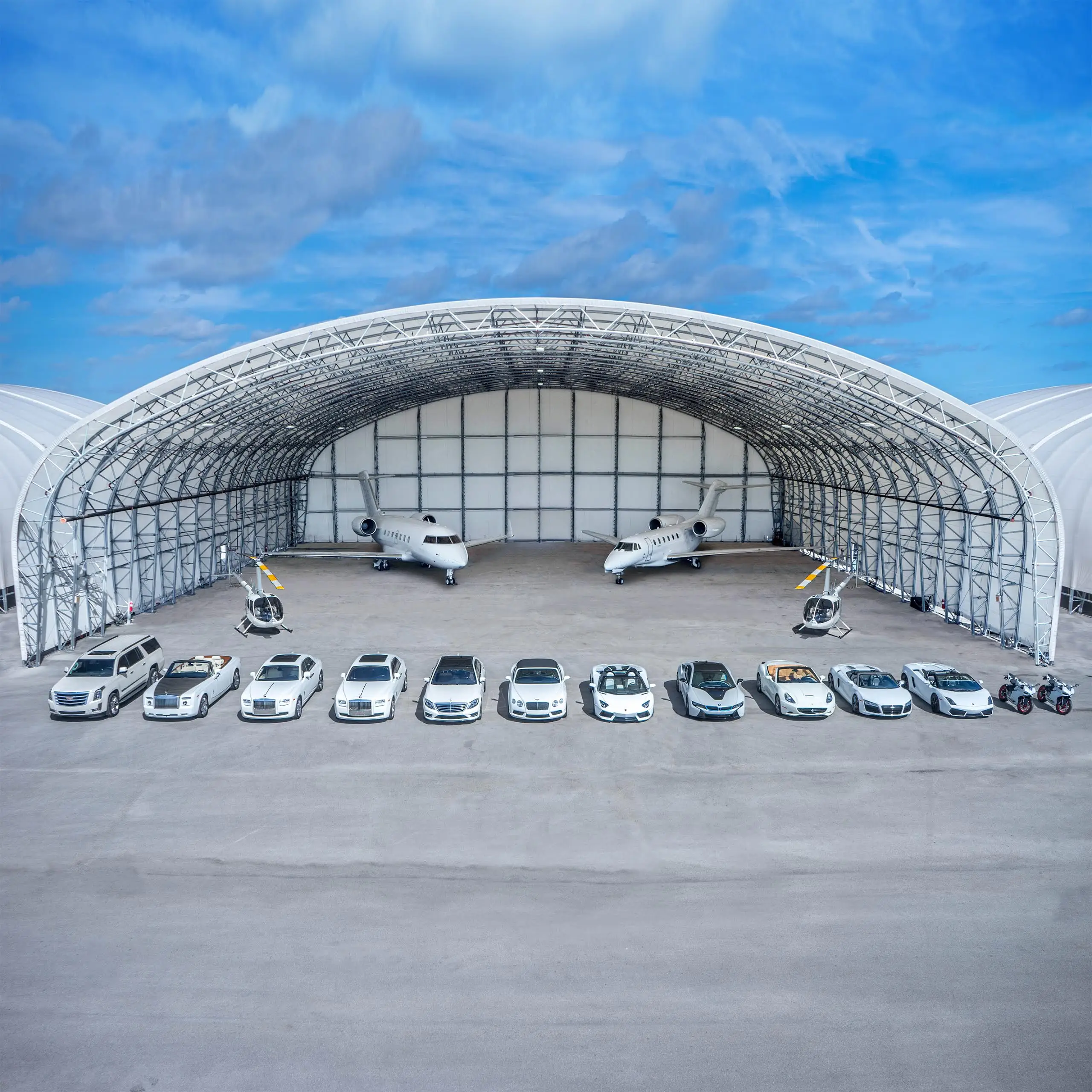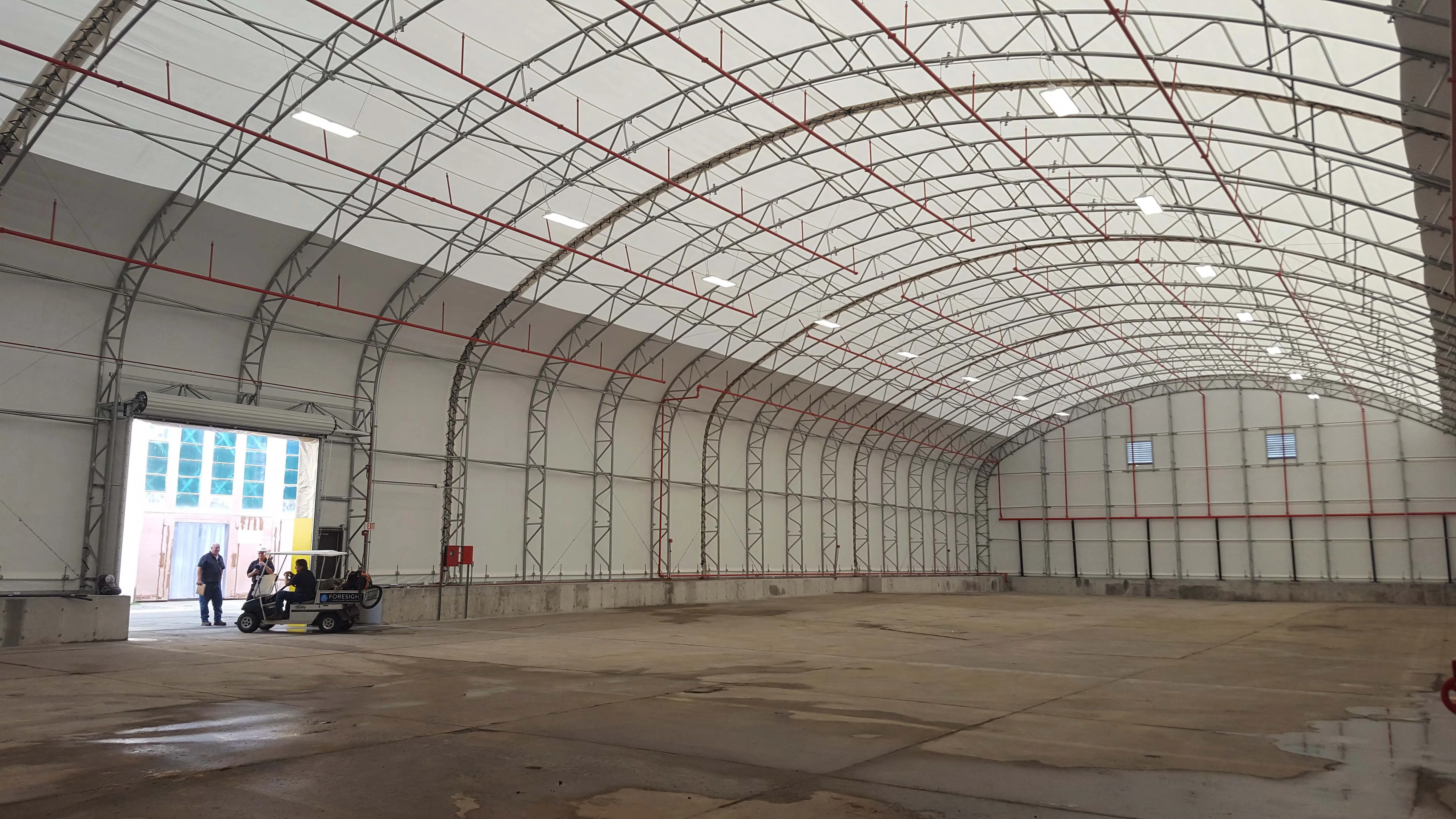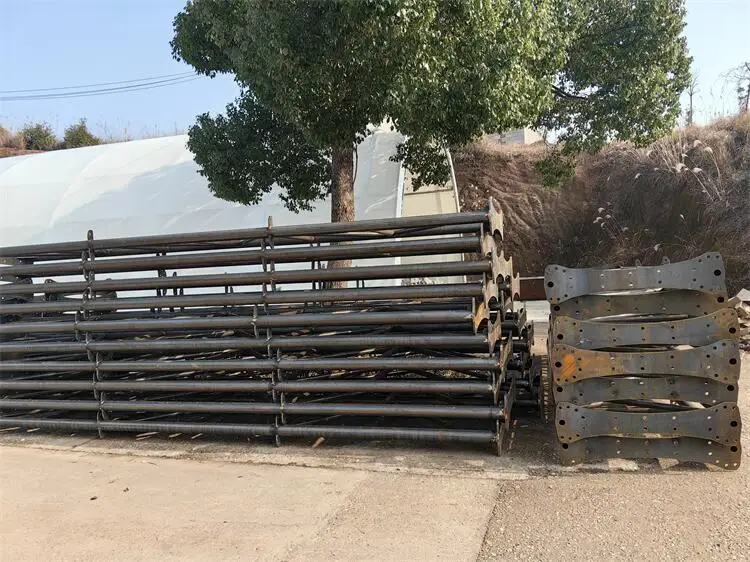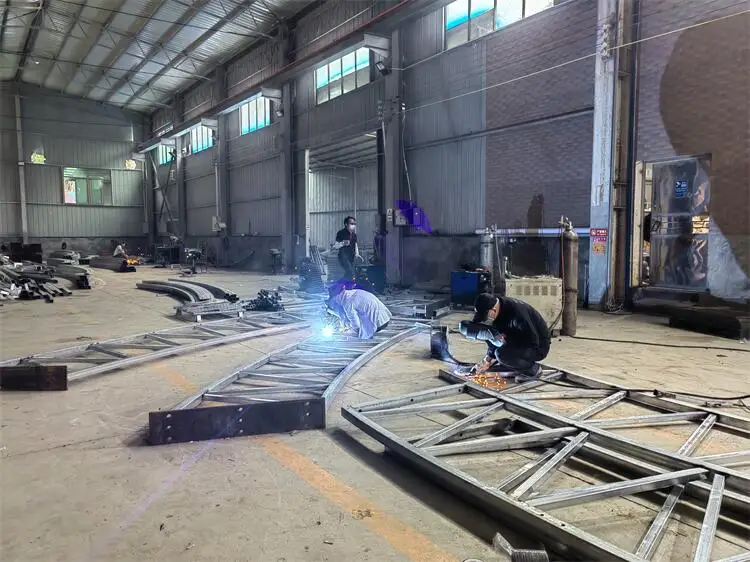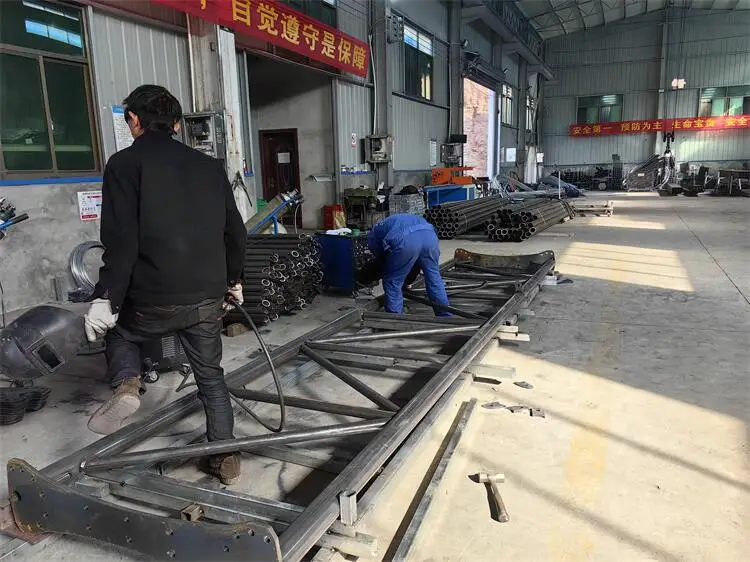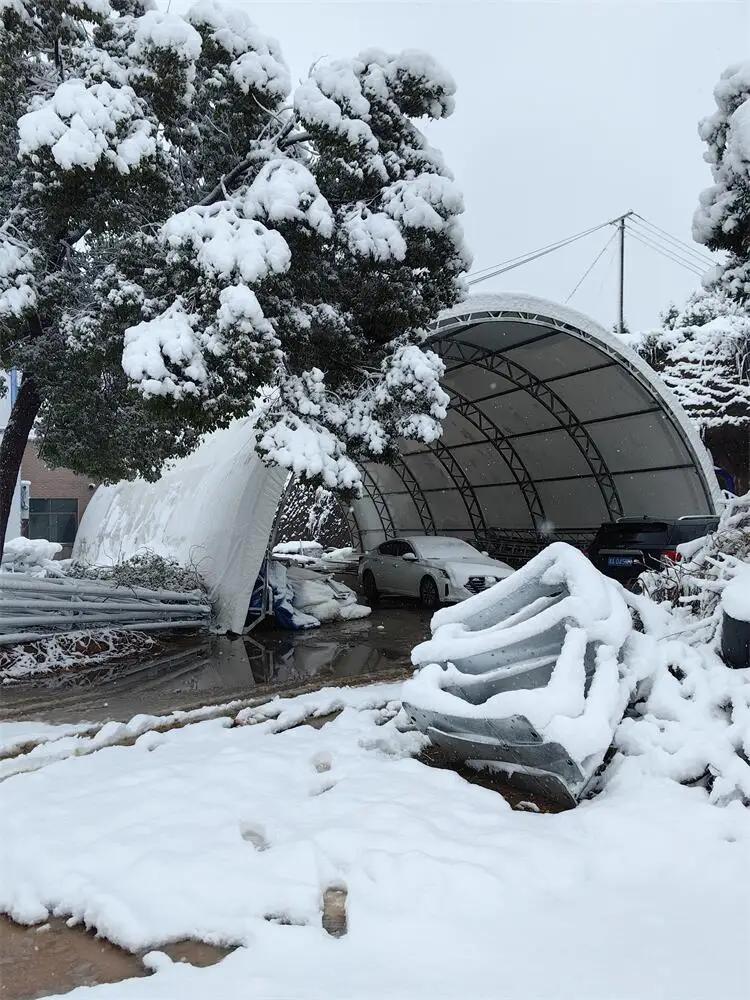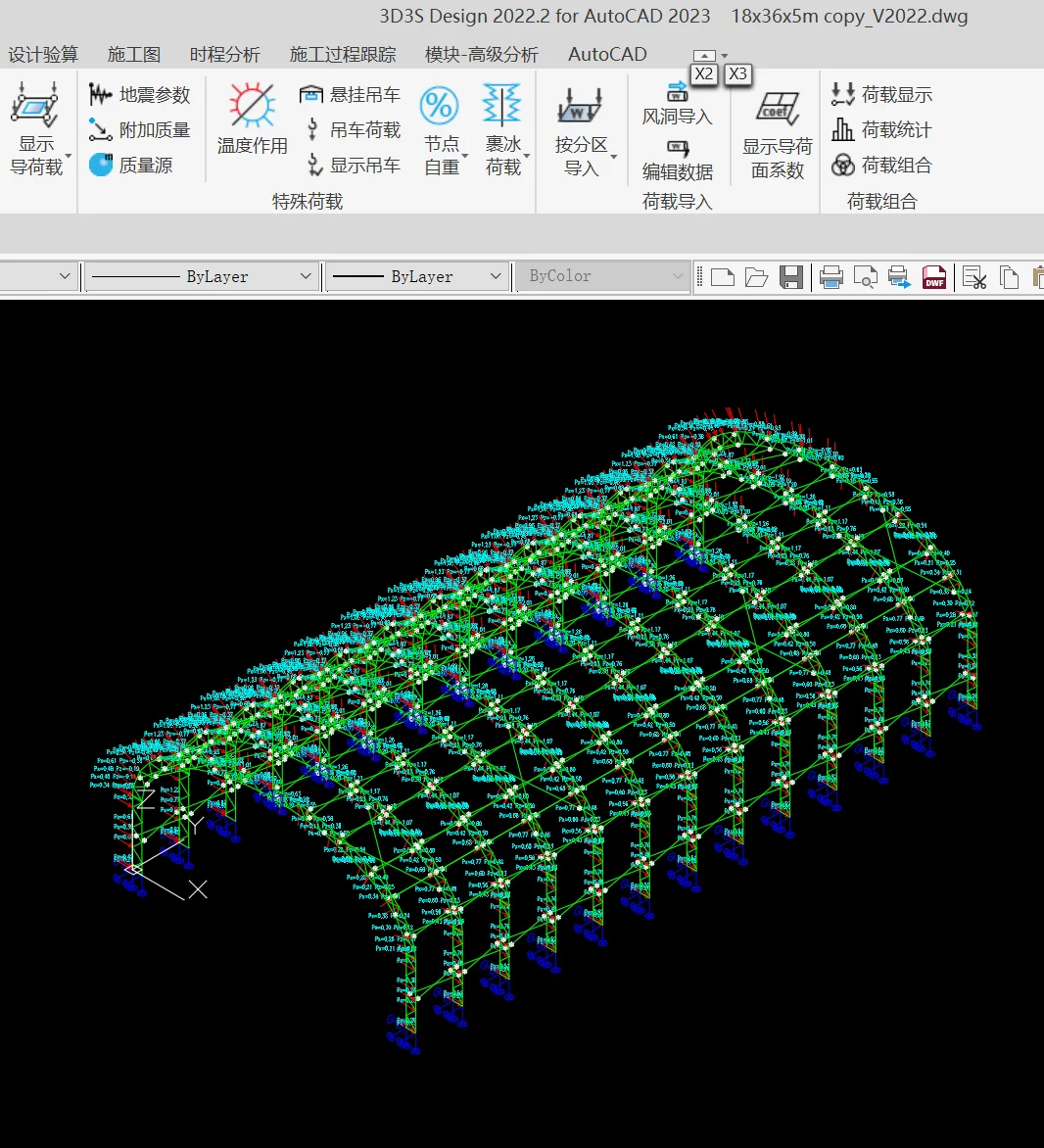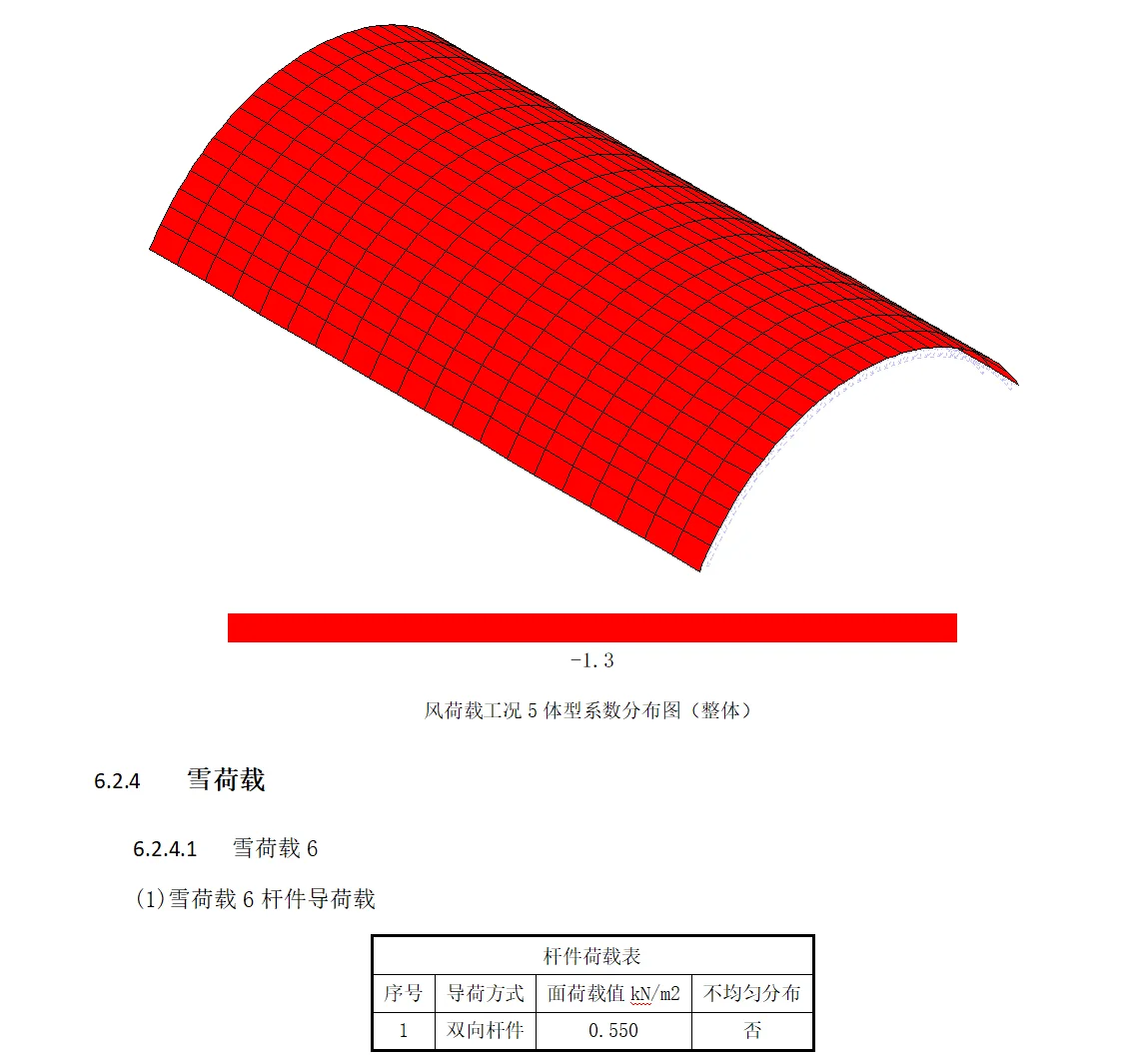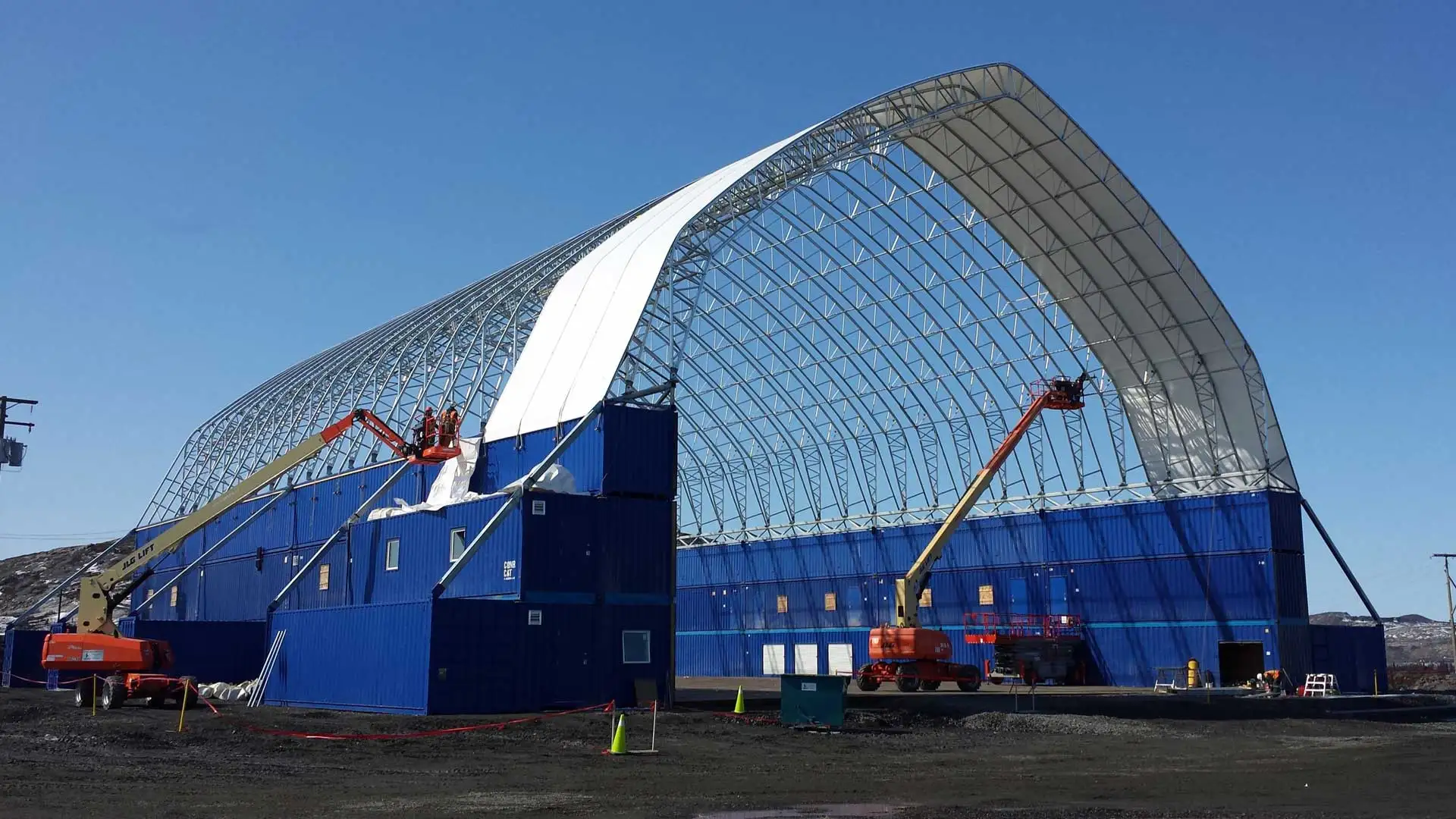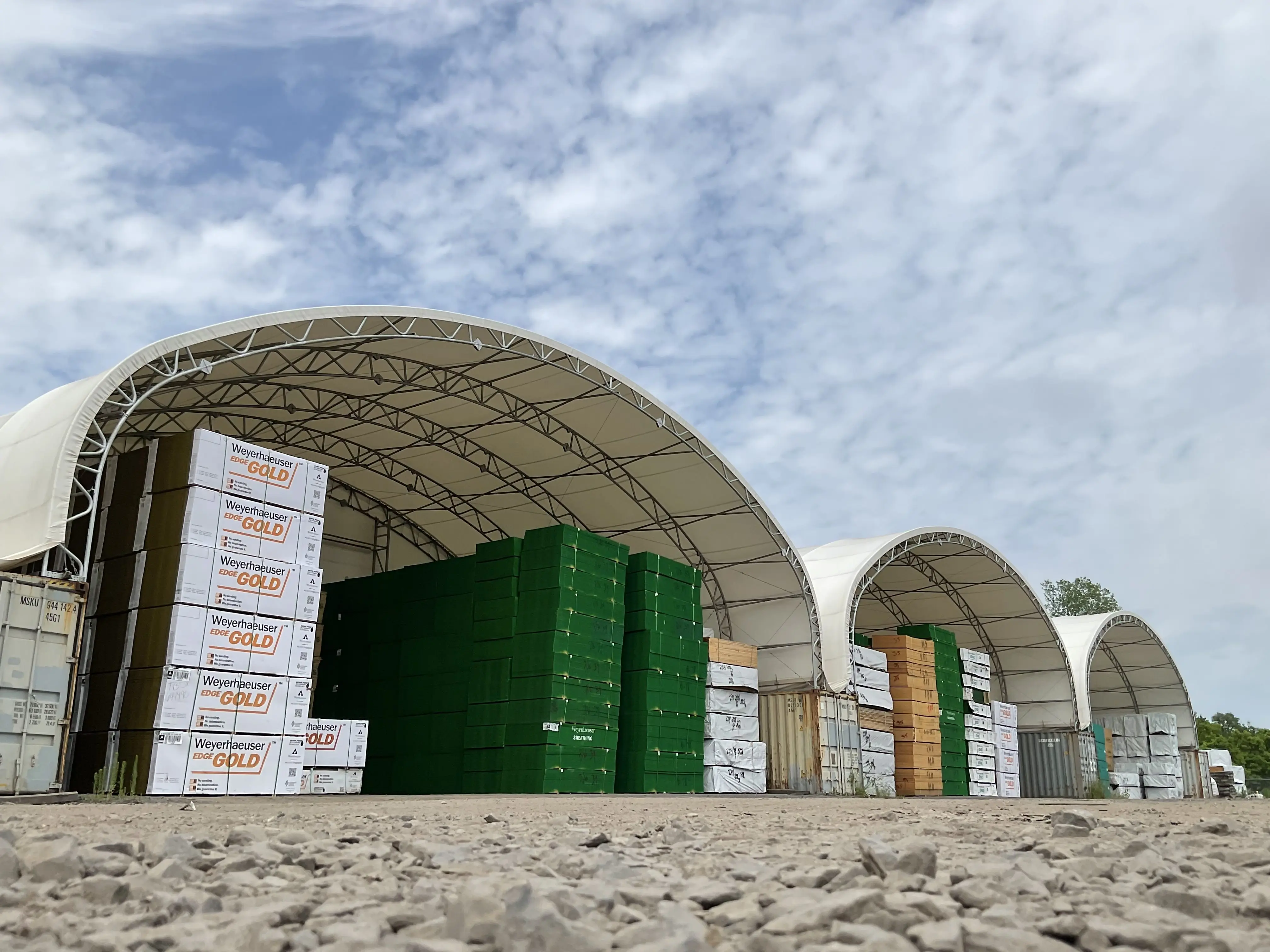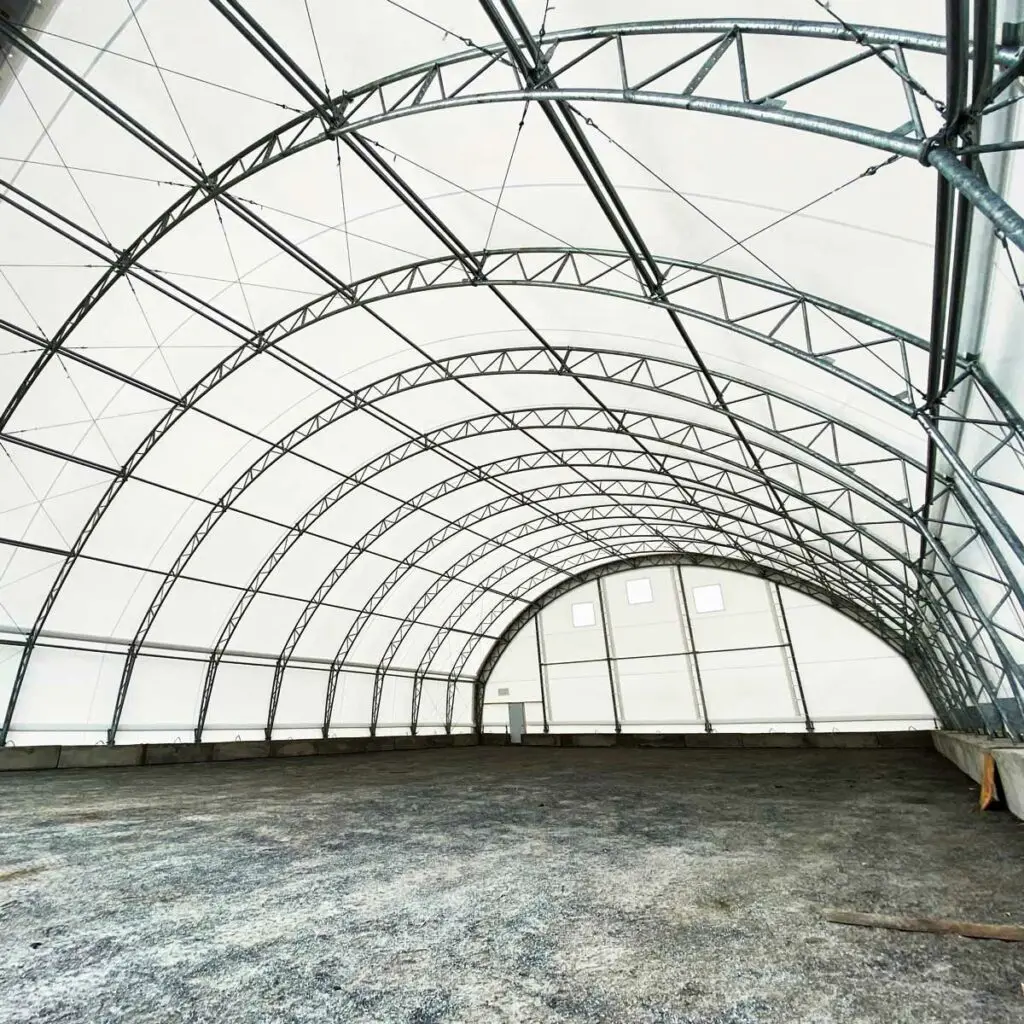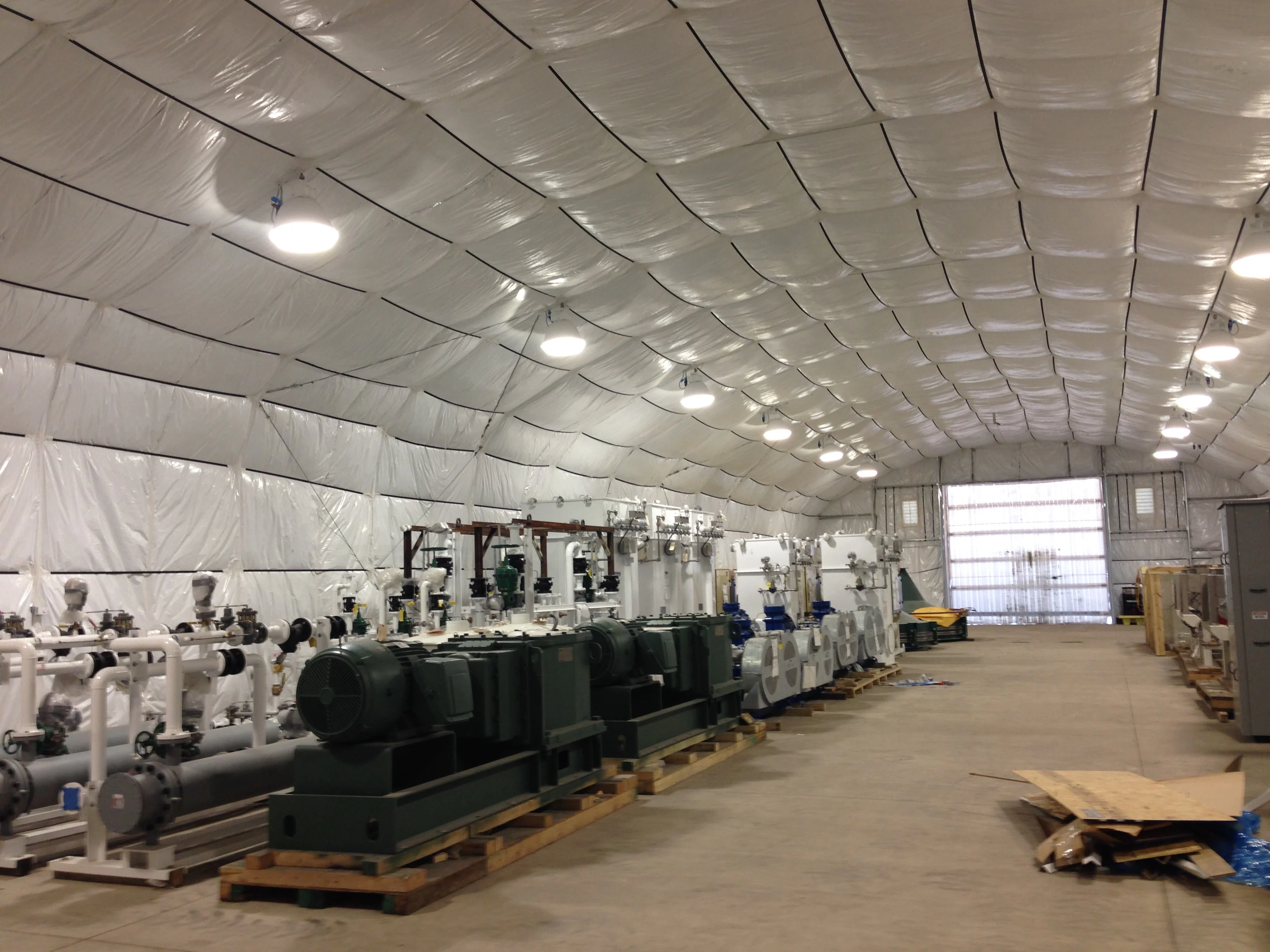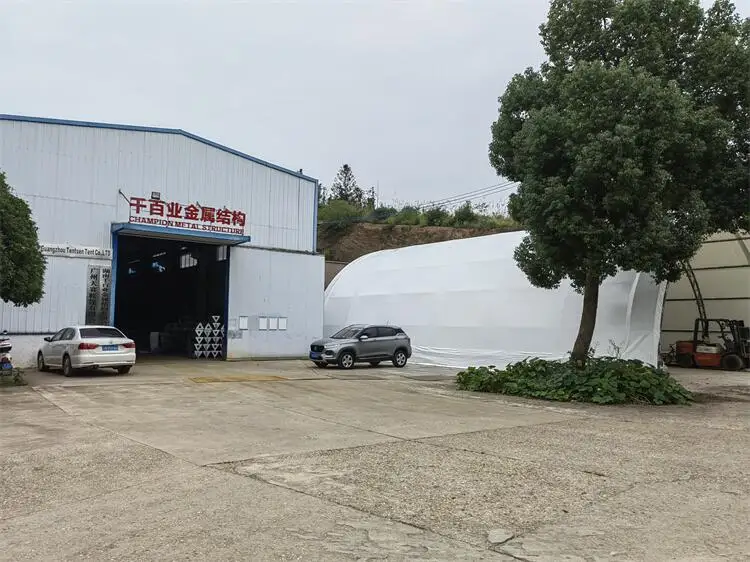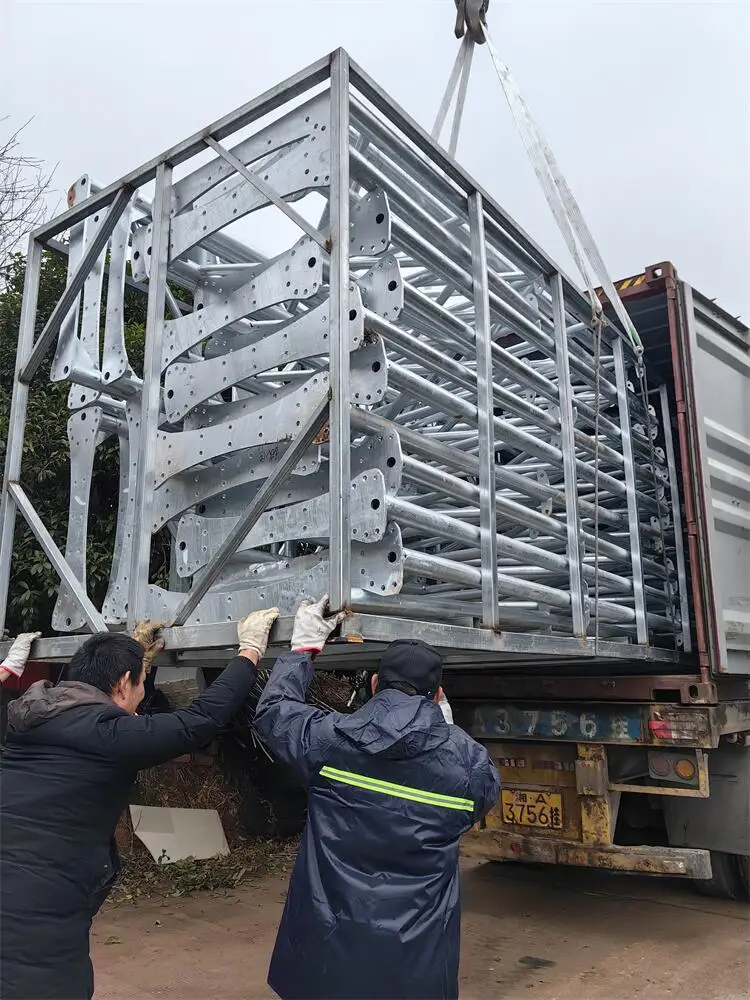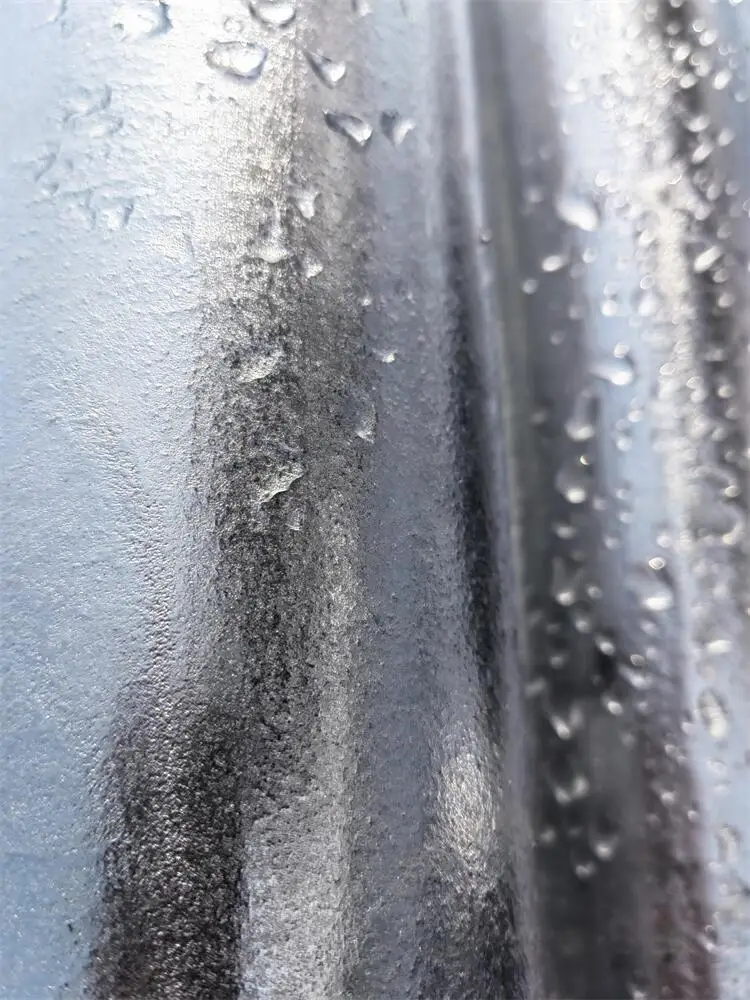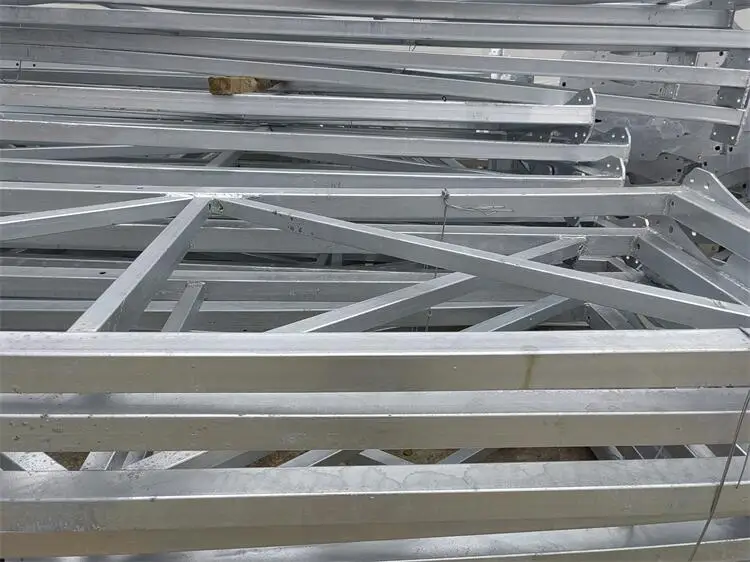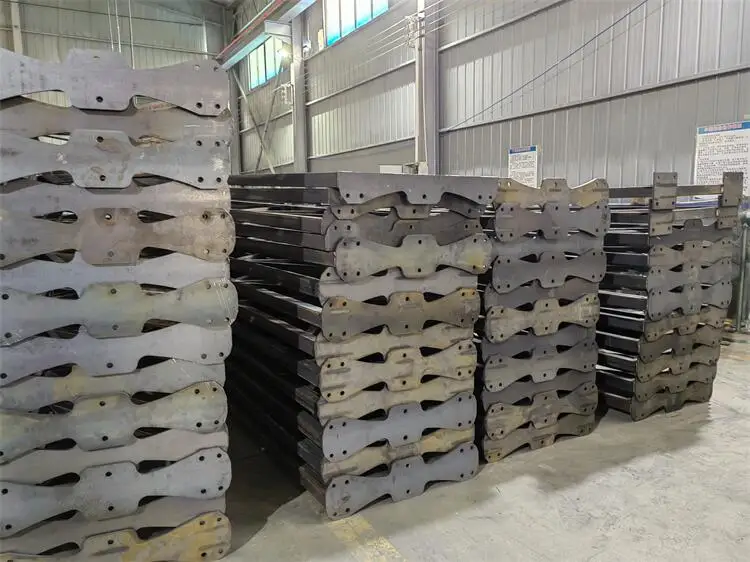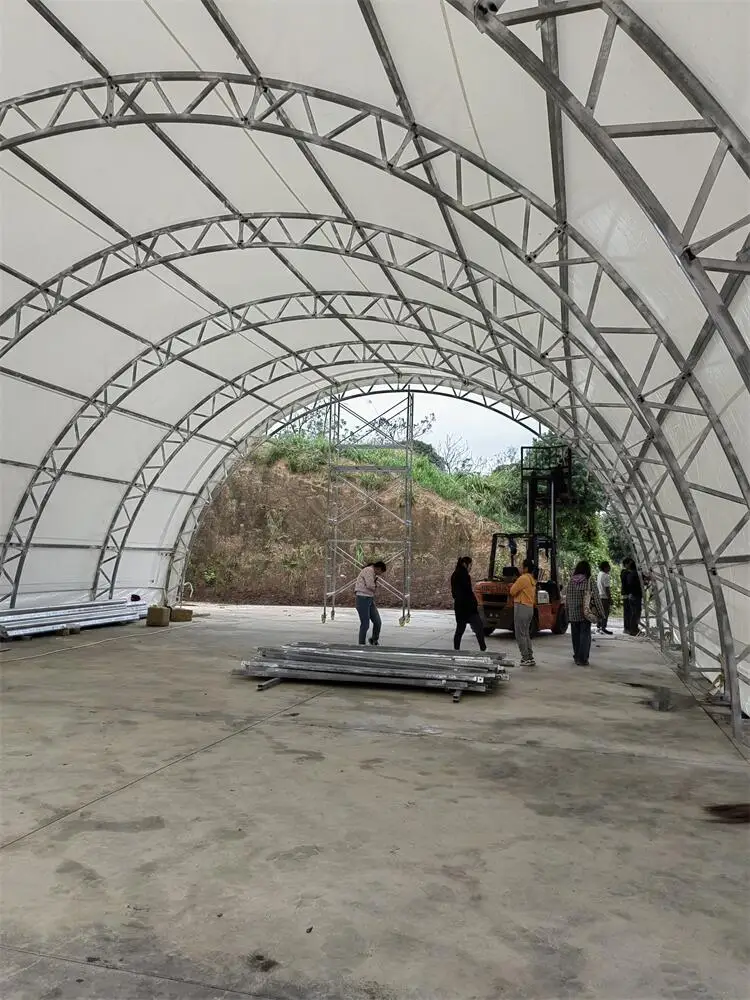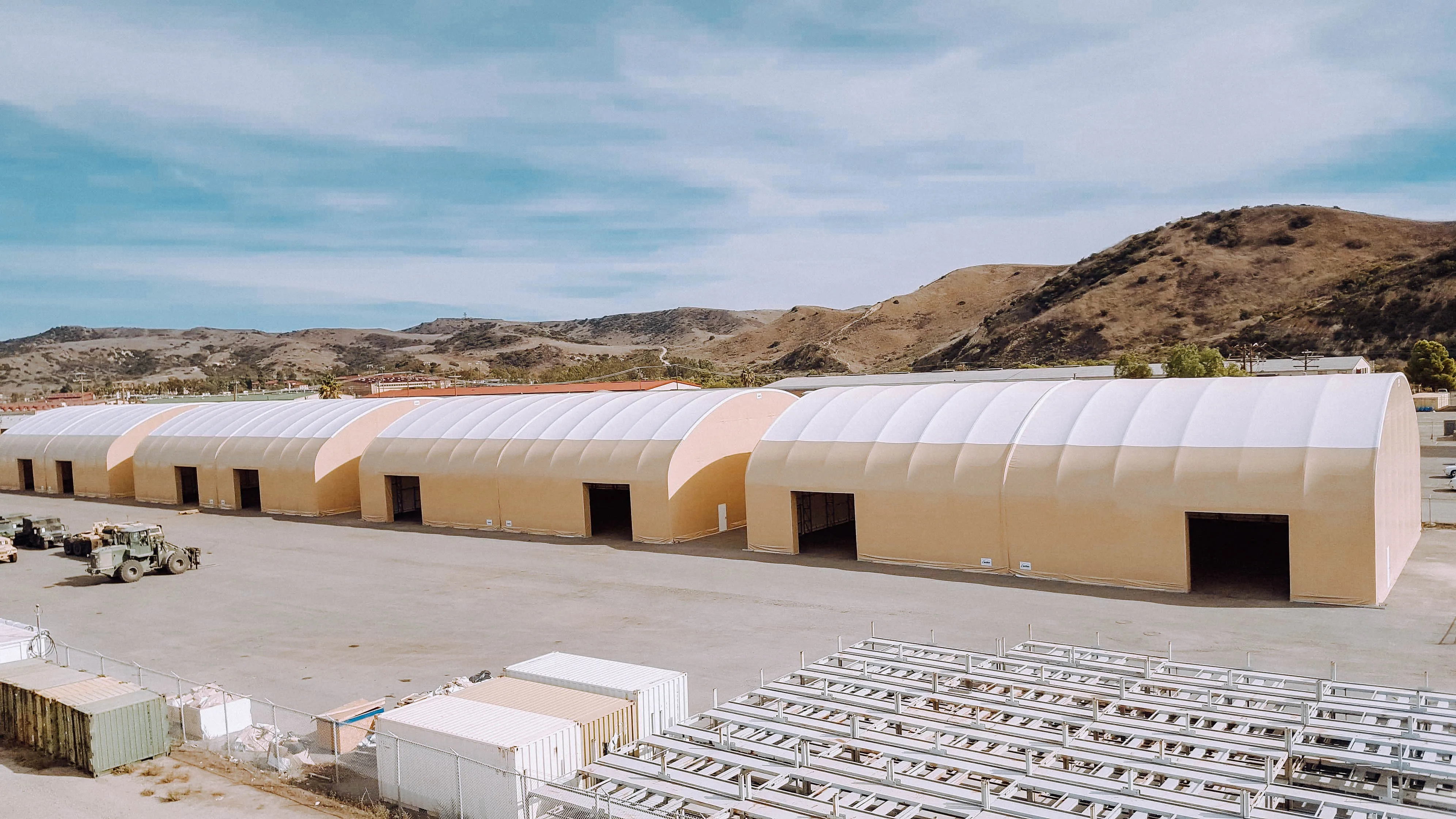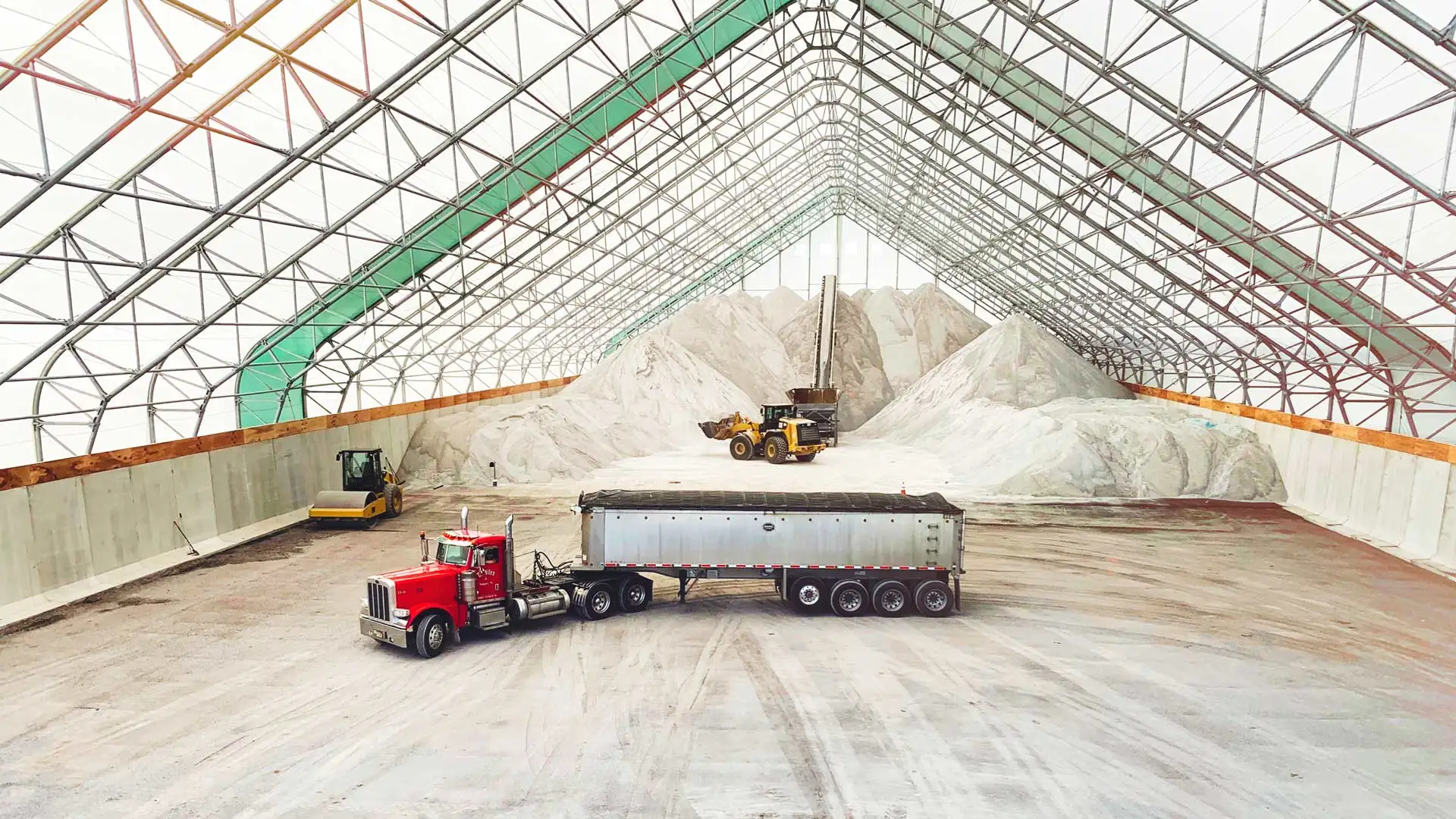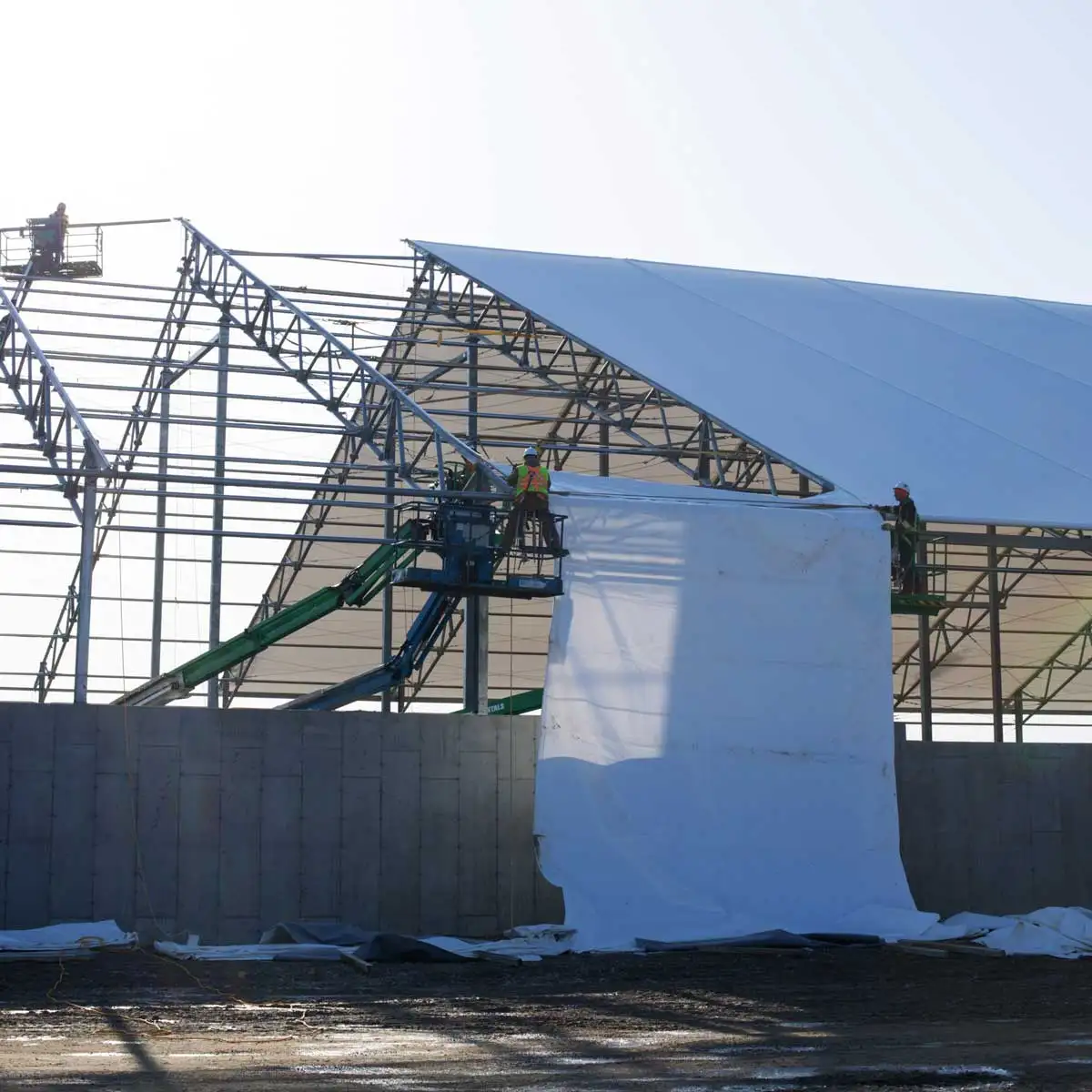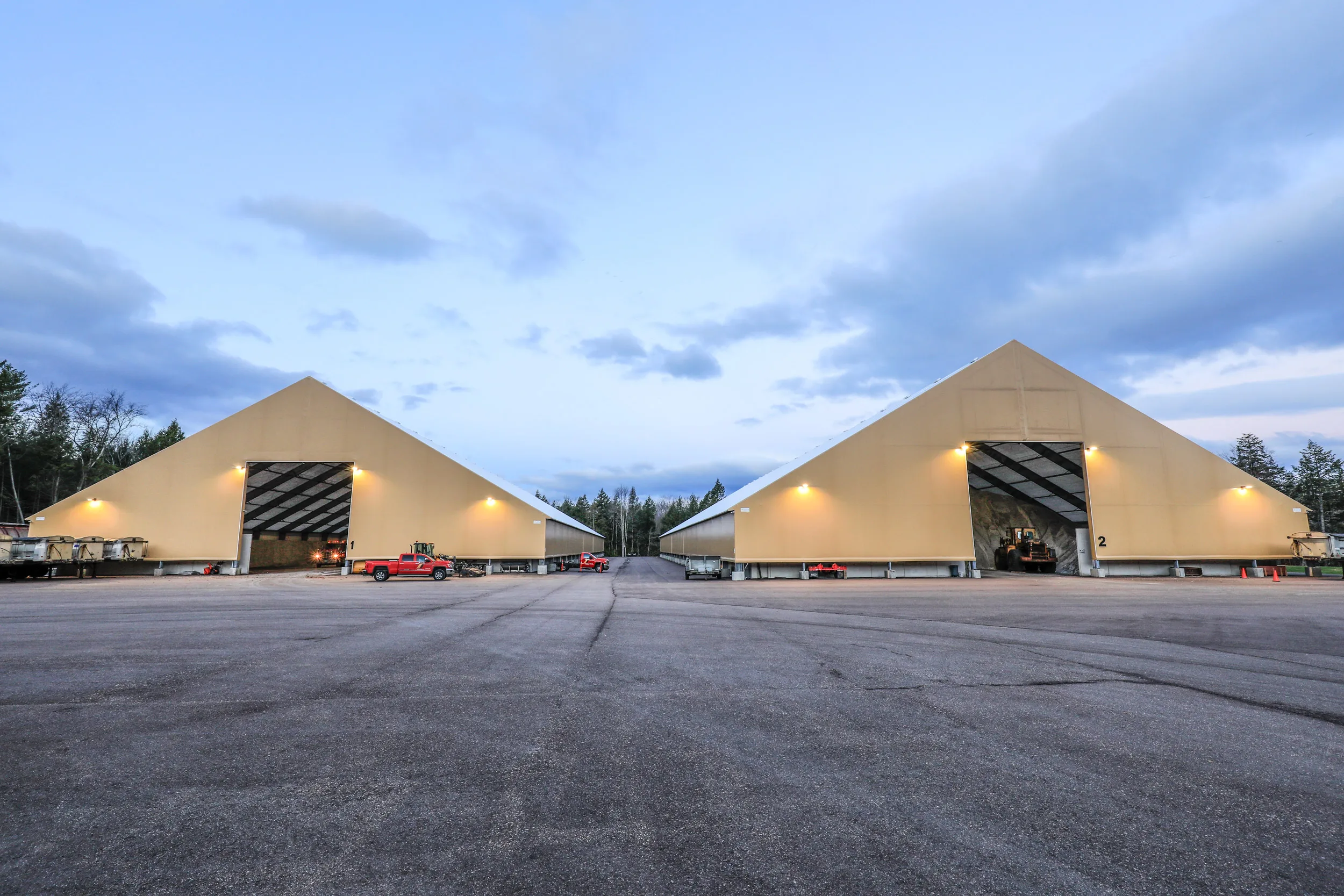A fabric building is a type of structure that uses fabric, usually made of durable materials like polyethylene, PVC, or other
synthetic textiles, as its primary exterior covering. These buildings can be used for a variety of applications, including
agricultural storage, industrial facilities, sports complexes, and event spaces. ### Key Features of Fabric Buildings:
1.**Structure**:
Fabric buildings typically have a frame made of steel, aluminum, or other materials, which supports the fabric
covering. The design can be temporary or permanent, depending on the intended use.
2. **Lightweight**:
The materials used in fabric buildings are generally lighter than traditional building materials, making them easier to transport and install.
3.**Versatile Designs**:
Fabric buildings can be customized in size, shape, and layout to fit specific needs, making them suitable
for a wide range of functions.
4. **Natural Lighting**:
Many fabric structures allow for natural light to enter, reducing the need
for artificial lighting and creating a more pleasant environment.
5. **Cost-Effective**:
They can be more affordable to construct and maintain than traditional buildings, particularly for large spaces.
### Advantages of Fabric Buildings:
1. **QuickInstallation**:
Fabric buildings can often be erected in a shorter time frame compared to conventional structures, making them
ideal for urgent needs.
2. **Energy Efficiency**:
he insulation properties of certain fabric materials can help maintain
temperature, potentially reducing heating and cooling costs.
3. **Durability**:
High-quality fabric can withstand different weather conditions, including wind, rain, and snow, depending on the design and construction.
4. **Flexibility**:
Fabric buildings can be designed to be demountable, allowing for relocation or reconfiguration as needs change.
5. **Low Maintenance**:
Thesestructures typically require less maintenance than traditional buildings, and the materials are resistant to corrosion.
6.**Sustainability**:
Many fabric buildings can be designed with eco-friendly materials and practices in mind, contributing to
sustainable construction efforts.
7. **Enhanced Airflow**:
The design often promotes better ventilation, which can be beneficial
for certain applications, such as agricultural uses.
### Applications of Fabric Buildings: -
**Agricultural Use**:
Storage forhay, equipment, and livestock shelters. -
**Industrial Use**:
Warehousing, manufacturing, and workshop spaces. -
**Recreational Use**:
Sports facilities, gymnasiums, and event venues. -
**Commercial Use**:
Retail spaces, showrooms, and temporary structures
for events. Overall, fabric buildings offer a versatile and efficient solution for a wide range of applications, combining
functionality with cost-effectiveness.










